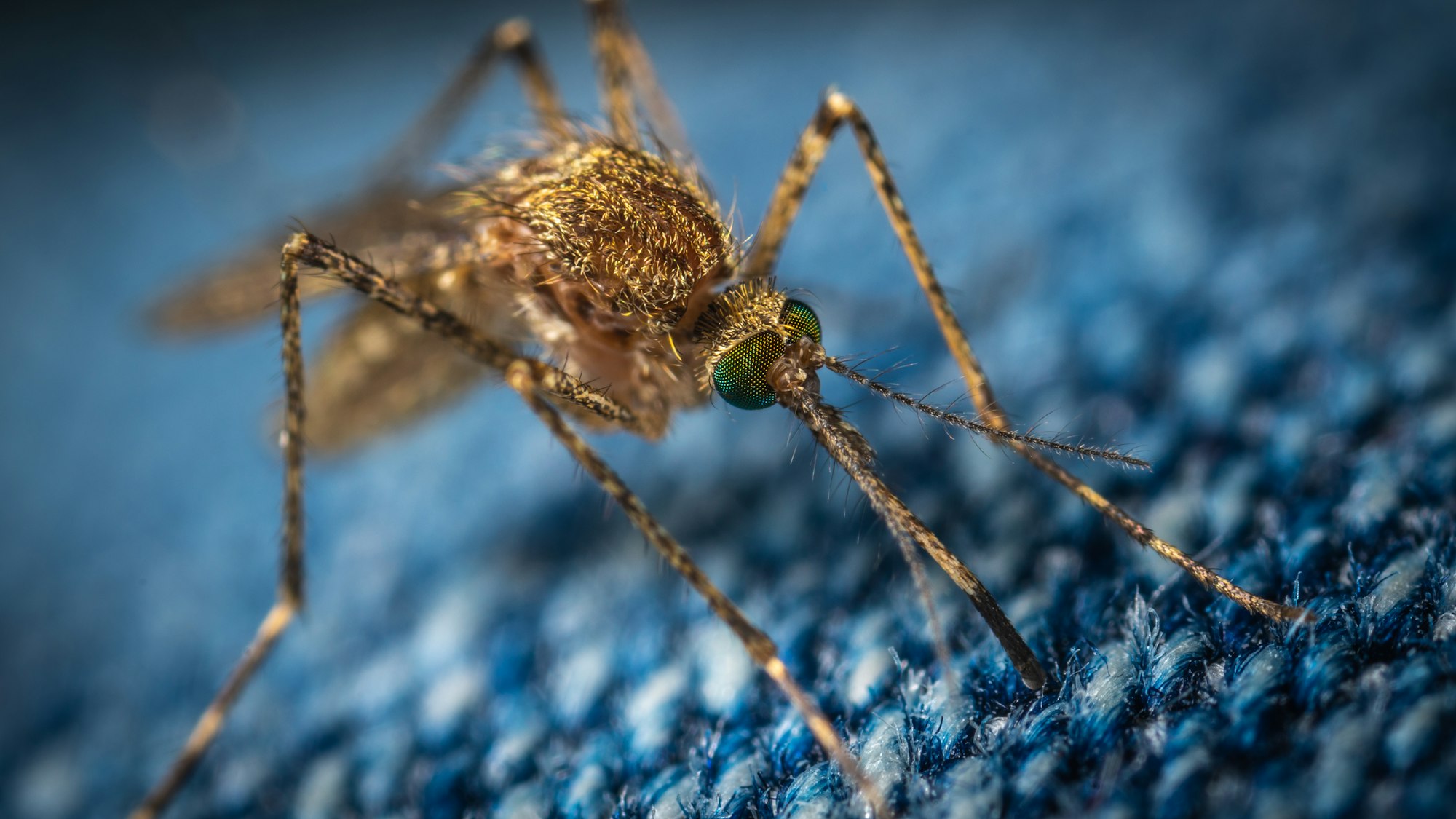Deciphering The Immune System One Cell At A Time

One recurring theme in biochemistry, from what I understand, is that most people see the immune system as some unapproachable monument of complexity. A matter that, when studied, gives you migraines from the struggle and a curious case of ablutophobia (the fear of washing oneself). While this is probably an exaggeration - albeit a humorous one - I can personally testify that the immune system definitely deserves the recognition as one of the most involved and convoluted procedures in the universe. Notwithstanding the philosophical or theological hypotheses that try to guess at where it all came from, it still blows my mind that any sort of stimulus was able to result in the biology we routinely discover today - especially since scientists world-wide still do not fully understand it.
Nonetheless, as with all things in life, immunology can be simplified to a degree that does not require migraine-inducing work. It mystified me when I first begun learning about it, and the knowledge turns out to be wonderfully practical in every-day life (understanding and explaining the reasons behind your friend's Hay fever, for instance, is actually surprisingly invigorating!). As such, this is the objective of this article: to give a slightly-more-than-rudimentary understanding of the major functions of the immune cells in your body, and to provide you the confidence that you share in the knowledge of one of the most intelligent systems to ever exist.
Immunological Defences
Last night, as I was preparing a handful of vegetables and fruits for my daily smoothies, I cut myself when trying to peel an orange (the smoothy: so delicious, and yet so dangerous). Fortunately, it was only a smidgen of a thing, not truly worth paying attention to except for when the citric acid in the fruits gets on it. For my blood vessels, surrounding skin tissue and all the cells present in the site, however, it was a disaster. Damaged cells leaked fluids, dirt particles from unwashed carrots entered the cavity and millions of foreign germs took advantage of the opportunity to colonise a new home. If left unchecked, the more malevolent kinds of bacteria mixed in there would eventually have reproduced and grown so much that, in the next couple of hours, I would probably have become one of the most unanticipated casualties in 2021. As this did not happen (and as I continue to be grateful to my little helpers inside for sorting it all out), let's talk about what did.

First, all of the skin cells present around the wound started systematically releasing chemicals that informed others of the damage. Basophils, a type of leukocyte (a.k.a. white blood cell), then released histamines that dilated and increased the permeability of the surrounding blood vessels, allowing fluids containing other leukocytes to leak out into the cut. In response, a squadron of some of the largest cells in the body arrived from their lookout positions in blood vessels to immediately start fighting off the infection. Here, neutrophils and macrophages, phagocytic leukocytes that are the front-line defence to pathogens, lead the charge against the invaders and begin engulfing them, thereby spraying them with acids and enzymes from the inside to disintegrate them (a rather morbid process known as phagocytosis). By itself, this takes care of most of the pathogens in the wound, but a few more of the persistent sort still remain - some being so persistent, for instance, that they have developed ways to use the acid in the phagocytes to change shape and take control over them, like the flu virus.
Over time, the front-liners also tire out. Neutrophils, in particular, become so fed up with the rush of invaders that they occasionally self-destruct to release a ton of toxic chemicals that kill both the pathogens - and our own body cells. I admire the suckers for being so devoted, but...a bit too much, maybe? Anyway. Typically, macrophages and monocytes - the largest leukocytes in the body - clean up the debris before it can cause too much damage, with further sacrificial zealots produced by the bone marrow to maintain a steady supply of them.
While these cells work to defend against germs, another, more subtle kind of cell endeavours to deliver the news to the rest of the immune system - the dendritic cell. After engulfing a pathogen, this cell breaks down its components to then present one of the germ's constituent proteins (i.e. the antigen) on the outside cell membrane, showcasing it to complementary T helper cells (ones with receptors specific to the antigen) that act as all-purpose commanders in the disease-preventing army. Widely considered to be some of the most central and most important lymphocytes in the body, T helper cells send out chemicals called cytokines that essentially guide other immune cells toward the site of infection, further reinvigorating tired macrophages to keep them going. They also tell antigen-specific B cells, another type of lymphocyte, to divide and release antibodies that neutralise and slow down the invaders by binding to them, allowing phagocytes to track and devour them more easily. Ultimately, the pathogens are destroyed.
Now, this is not the full description of all the players in the immune system. Eosinophils, mast cells, natural killer cells and some types of lymphocytes are not mentioned in my story, not to mention the endless number of named proteins and signalling molecules that operate to alleviate the leukocytes' load (see the complement system for more info). It would take a couple of theses to roughly cover it, however, so I would suggest you to not spend too much time wondering and puzzling over the details. Just understand that, for the most part, most microbes are dealt with in the same way - if the skin or gastric acids fail to kill them, let the universally applicable phagocytes devour them; and if the pests keep living, move on to complementary cells dedicated to the elimination of that specific type of pathogen. As a rule of thumb, this 'non-specific to specific' approach is the basic way in which the immune response defends us against invaders. And, in most cases, it works! The invaders are outplayed and outlasted, and a scratch on the thumb heals with none the wiser. Sometimes, however, the invaders are not removed - and then we have a really bad time.
HIV & Malaria
Most high schools (or equivalents) teach about the human immunodeficiency virus (HIV), so I'll make this quick. Dating all the way back to the 1800s, HIV has been infecting humans as a mutant version of the simian immunodeficiency virus (SIV), which originally only affected chimpanzees. This, of course, means that somebody at some point had the idea of doing things with a monkey that led to its dissemination - but humankind has always had ways of being smart and glamorous like that, so it shouldn't be too surprising, I think.
Through evolution and random chance, this virus obtained ways to not only infect our T helper cells -thereby forcing the immune system to destroy itself if it wants to get rid of the threat - but to hide itself inside their hosts' genetic code for long periods of time (a state in which pathologists describe them as 'dormant'). This then prevents our cells from even knowing that we're been infected, and works as a barrier to any artificial drugs we might come up with that tackle the virus in its active state. And, just like that, we obtain the truly terrifying statistics reached since the HIV epidemic first started in the USA in 1981.

In a similar fashion, the parasitic protists that cause malaria, plasmodium, evade the immune system and parasite-targeting leukocytes (like basophils and eosinophils) by wrapping and hiding themselves in the cell membranes of the liver cells that they destroy (yes, though disgusting, this is apparently true), having used them to reproduce and create baby plasmodium sporozoites. These then go on to break into the red blood cells flowing through your body and multiply, causing the cells to burst and giving you a case of haemolytic anaemia, which can be life-threatening. All in all, it makes me very glad that I live in a place with fewer mosquitoes, and sad that so many do not (be careful with them if you have them!).
So what is the point of knowing all this? The point, as always, is to be able to better appreciate what our bodies are constantly and tirelessly defending us against, as well as the miraculous nature by which they do so and its significance. Like this, we can develop technologies and therapies that give our immune systems a little respite, a little help in their work that allows us to eliminate diseases that much more quickly and safely. We are only helping ourselves, after all.
References
- Cohen, F. S. (2016). How Viruses Invade Cells. Biophysical Journal 110(5), 1028–1032. Retrieved from https://www.ncbi.nlm.nih.gov/pmc/articles/PMC4788752/
- Rosales, C. (2018). Neutrophil: A Cell with Many Roles in Inflammation or Several Cell Types? Front Physiol 9, 13. Retrieved from https://www.ncbi.nlm.nih.gov/pmc/articles/PMC5826082/#__ffn_sectitle
- ABPI (n.d.). Pathogens and the immune system. ABPI. Retrieved from https://www.abpischools.org.uk/topic/pathogens/7
- Sarma, J. V. & Ward, P. A. (2010). The complement system. Cell Tissue Res. Retrieved from https://pubmed.ncbi.nlm.nih.gov/20838815/
- Arbeitskreis Blut (2016). Human Immunodeficiency Virus (HIV). Transfus Med Hemother 43(3), 203–222. Retrieved from https://www.ncbi.nlm.nih.gov/pmc/articles/PMC4924471/
- Bertolino, P. & Bowen, D. G. (2015). Malaria and the liver: immunological hide-and-seek or subversion of immunity from within? Front Microbiol 6, 41. Retrieved fromhttps://www.ncbi.nlm.nih.gov/pmc/articles/PMC4332352/
